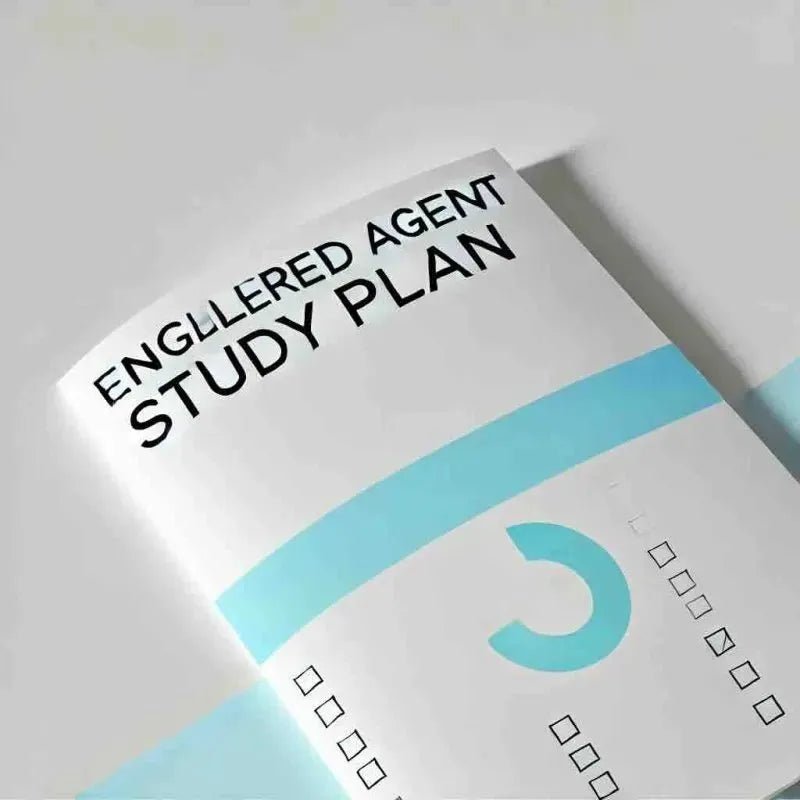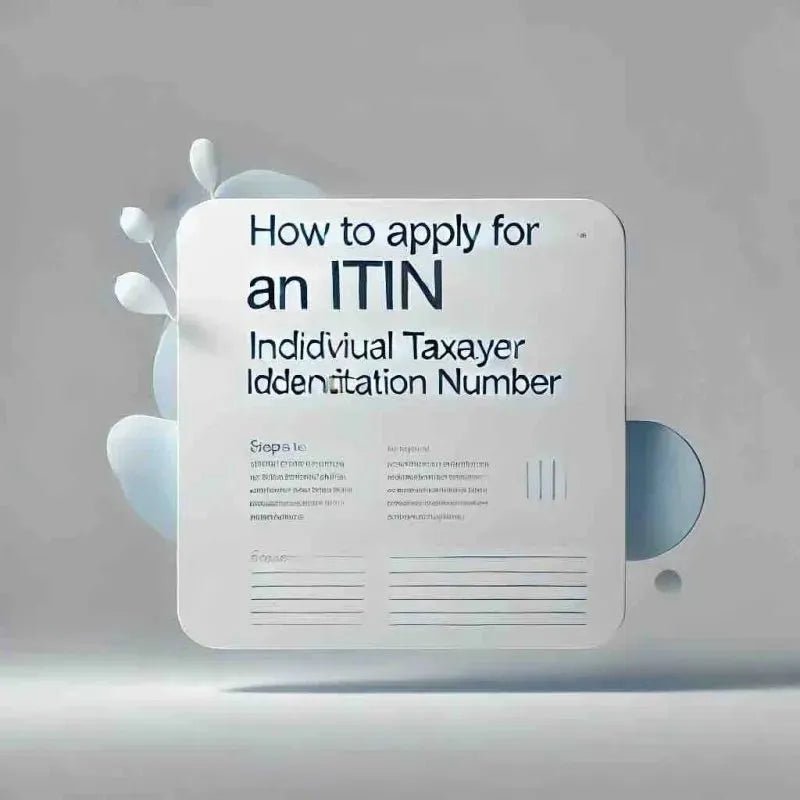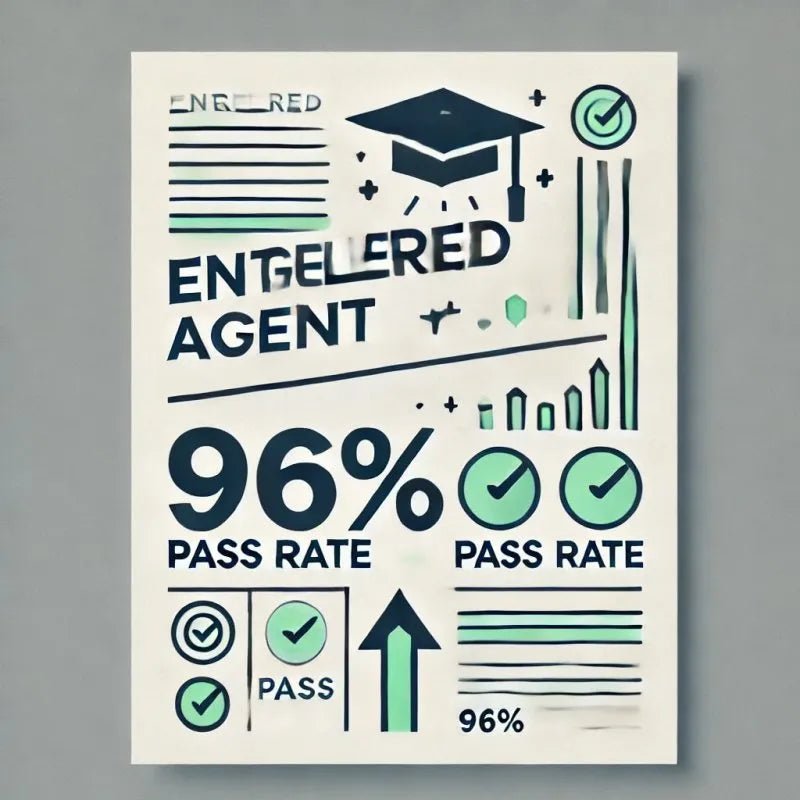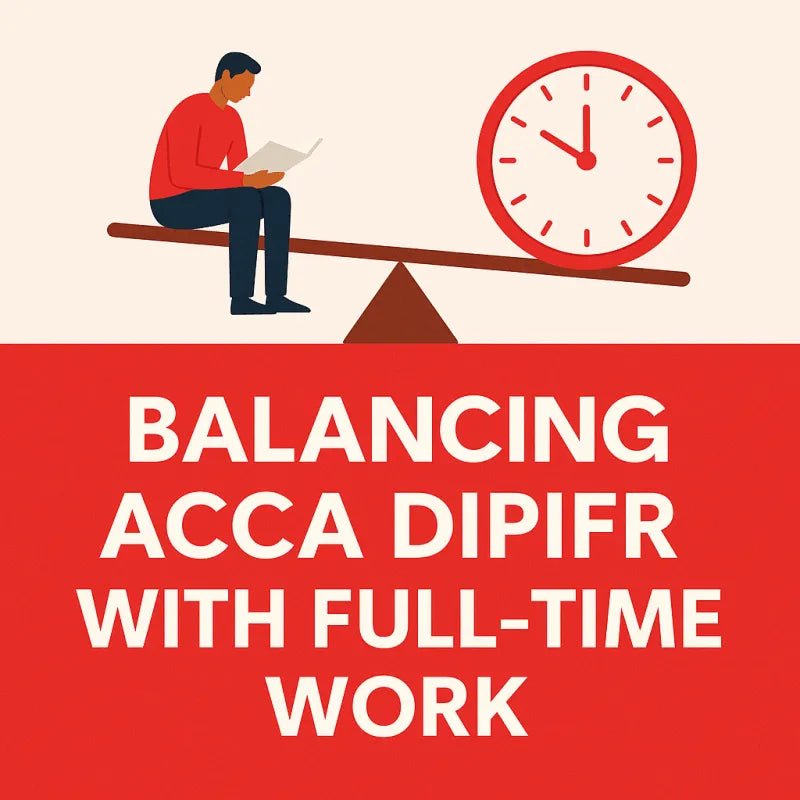Enrolled agent exam time management
Time Management Tips for the Enrolled Agent Exam: How to Finish Strong and Avoid Rushing
Enrolled Agent exam time management tips are crucial for success, as each part of the exam contains multiple-choice questions, requiring efficient pacing to avoid rushing or leaving questions unanswered. The exam tests your knowledge of tax law and how well you can manage your time under pressure.
This blog provides time management tips to help you stay on track, answer every question, and avoid last-minute rushing during the Special Enrollment Examination (SEE).
Why Is Time Management Important for the Enrolled Agent Exam?
Each part of the Enrolled Agent Exam is 3.5 hours long and covers various topics, including Individual Taxes, Business Taxes, and Representation Practices. Even if you understand the material well, poor time management can lead to unanswered questions, rushed answers, and preventable mistakes.
By mastering time management, you can ensure you answer every question carefully and confidently without the pressure of running out of time.
Summary of Key Time Management Tips:
- Know the format and allocate about 2.5 minutes per question.
- Break the exam into sections (e.g., 40 questions in 90 minutes).
- Use the flag and move strategy for difficult or time-consuming questions.
- Practice under timed conditions with full-length practice exams.
- Use the process of elimination to save time on tricky questions.
- Set aside the last 15–20 minutes for reviewing flagged questions.
Practical Time Management Tips for the Enrolled Agent Exam
Familiarize Yourself with the Exam Format
You have 210 minutes to answer 85 questions, translating to 2.5 minutes per question. Some questions, like simple definition-based ones, may take less than a minute, while others may take more time.
Set Time Goals for Each Section of the Exam
Break the exam into manageable sections. Here’s a time allocation plan that will help you stay on track:
- First 40 Questions: Aim to complete these in 90 minutes (~2.25 minutes per question).
- Next 40 Questions: Aim to complete these in 90 minutes (~2.25 minutes per question).
- Final 5 Questions: Leave yourself 15–20 minutes to review flagged questions or go over questions you found challenging.
By setting time checkpoints during the exam, you can pace yourself and ensure you don’t spend too long on any one question.
Use the “Flag and Move” Strategy
If you spend over 3 minutes on a question, flag it and move on to the next one. This ensures you won’t run out of time and miss more straightforward questions.
- Example: If you’re stuck on a complex Alternative Minimum Tax (AMT) question, flag it, move on, and return to it at the end.
This strategy helps prevent you from getting bogged down by difficult questions and ensures you have enough time to confidently answer as many questions as possible.
Read the Question Carefully—But Don’t Overthink
While it’s important to pace yourself, don’t rush through the questions. Misreading or overlooking details can lead to careless mistakes. Focus on understanding the critical elements of each question, such as the filing status, specific tax credits, or income thresholds being tested.
- Tip: Identify the essential details (e.g., dates, dollar amounts, tax laws) in each question to answer it efficiently.
Answer Easy Questions First
Not all questions are created equal—some will be much easier to answer than others. To maximize your time:
- Tackle the easy questions first. These take less than a minute, leaving you with extra time for more complex or scenario-based questions.
- Flag complex or unfamiliar questions and return to them during your review period.
You ensure you don’t miss out on easy points by answering the easy questions first.
Simulate Exam Conditions During Practice
One of the best ways to improve time management for the Enrolled Agent Exam is to simulate the natural exam environment while practicing. Full-length practice exams help you get used to managing your time effectively.
How to Practice Time Management:
- Take Full-Length Timed Practice Tests: Set aside 3.5 hours and complete a full exam in one sitting under timed conditions.
- Track Your Time: Pay attention to how much time you spend on each question and section. If you spend too long on specific questions, adjust your strategy for future practice tests.
- Check at the Halfway Point: After answering 40 questions, evaluate your remaining time to ensure you’re on pace to finish without rushing.
For more advice on using practice exams effectively, visit our blog on Best Study Strategies for Enrolled Agent Exam Retakes.
Managing Time During Each Part of the EA Exam
Each part of the exam focuses on different areas of taxation, and some sections may take more time than others. Here’s how to manage your time for each part:
Part 1: Individuals
Part 1 covers Individual Taxes, including income, deductions, and tax credits. While many of the questions will be straightforward, some—such as those dealing with retirement plans or adjustments to income—may require more thought.
- Tip: Move quickly through questions related to filing statuses or personal credits, and leave more time for questions on income reporting or retirement contributions.
Part 2: Businesses
Part 2 is more complex, with questions on business taxation, including partnerships, corporations, and S-corporations. Some questions may involve calculations, such as depreciation or basis calculations.
- Tip: Flag questions involving complex calculations and come back to them later. Focus on knocking out more straightforward questions, like business structures or deductions.
Part 3: Representation, Practices, and Procedures
This part tests your knowledge of IRS procedures, ethics, and Circular 230. Some questions may focus on detailed representations of taxpayer rights, while others test basic procedures.
- Tip: Answer the ethics and taxpayer rights questions quickly to free up time for more involved questions about IRS audits or collections.
Essential Time Management Techniques for the EA Exam
Watch the Clock—but Don’t Fixate
A timer on the exam interface lets you track your time. Here’s how to manage it:
- Check the clock every 20–30 questions to ensure you’re on track.
- Don’t check after every question, as this can lead to unnecessary stress.
- Adjust your pace slightly without rushing through the remaining questions if you fall behind.
Set Aside 15–20 Minutes for Review
Leave 15–20 minutes at the end of the exam to go back and review flagged questions. During this time, you can reconsider tough questions with a fresh perspective and catch any mistakes you made due to rushing.
- Tip: If you’re genuinely unsure of an answer, make an educated guess. There’s no penalty for wrong answers on the EA Exam, so it’s better to guess than leave a question blank.
FAQs About Time Management for the Enrolled Agent Exam
How much time should I spend on each question?
- Aim for 2.5 minutes per question. If you spend over 3 minutes on one question, flag it and move on.
Can I flag questions and come back to them later?
- You can flag questions during the exam and return to them during your review period.
What should I do if I run out of time?
- If you’re running out of time, focus on answering the remaining questions quickly and accurately. Guess if necessary, as unanswered questions are scored as incorrect.
How can I practice time management for the EA Exam?
- Take full-length practice exams under timed conditions. Simulate the 3.5-hour exam and try to finish with 15–20 minutes left for review.
Conclusion: Master Time Management to Succeed in the Enrolled Agent Exam
Good time management is critical to passing the Enrolled Agent Exam. You can pace yourself and avoid rushing by setting time goals, using strategies like flag and move, practicing with full-length exams, and leaving time for review. These time management techniques will help you confidently tackle each question and ensure you finish the exam without wasting time.
For more tips on exam preparation and retake strategies, visit our blog on How to Use Your Enrolled Agent Exam Diagnostic Report.
Become an Enrolled Agent
96% Pass Rate on Surgent EA course
1️⃣Now Available in India at 45% Off
2️⃣Unlimited Course Access Until You Pass
3️⃣Expert Support & Comprehensive Study Materials
4️⃣AI-Driven Study Plan for Efficient Learning
Questions? Answers.
How do I become an Enrolled Agent?
To become an Enrolled Agent, you must:
- Pass the Special Enrollment Examination (SEE), which is a three-part exam covering:
- Alternatively, if you have experience working for the IRS (at least five years in a relevant tax position), you may qualify without the exam.
- Apply for enrollment by submitting Form 23, “Application for Enrollment to Practice Before the IRS,” and undergo a background check to ensure you comply with tax laws.
What is the Special Enrollment Examination (SEE)?
The SEE is a three-part exam that tests your knowledge of tax laws and your ability to represent taxpayers before the IRS. Each part of the exam focuses on different aspects of U.S. tax law:
- Part 1: Individual Taxation
- Part 2: Business Taxation
- Part 3: Representation, Practices, and Procedures
You must pass all three parts within a two-year period. The exam is administered by Prometric and is available year-round.
How do I renew my Enrolled Agent status?
To renew your EA status, you need to:
- Complete Form 8554, “Application for Renewal of Enrollment to Practice Before the IRS,” and submit it before the expiration of your current enrollment cycle.
- Confirm you have met your CPE requirements for the three-year period.
- Pay the renewal fee (currently $140 as of 2024).
Your renewal period is based on the last digit of your Social Security Number:
- 0, 1, 2, 3: Renew by January 31 of years divisible by 3 (e.g., 2026, 2029).
- 4, 5, 6: Renew by January 31 of the year following those divisible by 3.
- 7, 8, 9: Renew by January 31 two years after the year divisible by 3.
Can I lose my Enrolled Agent status?
Yes, an EA can lose their status for various reasons, including:
- Failure to meet CPE requirements.
- Failure to renew your enrollment by submitting Form 8554.
- Unethical behavior or violations of IRS regulations (e.g., tax fraud, negligence).
If you lose your status, you will need to reapply and, in some cases, retake the SEE to regain your credentials.
How can I track my CPE hours?
It’s important to track your CPE hours to ensure you meet the requirements. Many IRS-approved providersautomatically track your hours and issue certificates for each course. You should:
- Keep a record of completion certificates from each CPE course.
- Use a spreadsheet or online tracking tool to log your hours and ensure you meet the yearly 16-hour minimum.
Some CPE providers offer dashboards that allow you to track your completed courses and hours in real time.
What is the difference between an EA and a CPA?
While both EAs and CPAs can represent clients before the IRS, there are key differences:
- EAs specialize in tax and have unlimited practice rights to represent taxpayers before the IRS in tax matters.
- CPAs can offer a broader range of services, including auditing, accounting, and financial planning. However, their ability to represent clients before the IRS in tax matters is typically limited to those for whom they have prepared tax returns or provided other services.
EAs are generally seen as tax experts, while CPAs have a more generalized accounting background.
What is Form 23, and when do I need to file it?
Form 23 is the “Application for Enrollment to Practice Before the IRS.” You file this form:
- After you pass all three parts of the SEE, or
- If you qualify based on prior IRS work experience (at least five years in a relevant position).
Filing Form 23 is the final step in becoming an Enrolled Agent. You must also pass a background check and pay the initial enrollment fee.
How long does the EA enrollment process take?
- After passing the SEE, you must submit Form 23.
- The IRS will conduct a background check to ensure you have complied with U.S. tax laws.
- The approval process typically takes 60-90 days, depending on the completeness of your application and the IRS's review workload.
Where can i read detailed guidelines for specific areas?
We have addressed most of the EA questions in our blogs. Refer to these blogs
Resources to pass the EA Exams
Here are all the relevant resources you can use to pass the exams
- Enrolled Agent CPE Requirements: Complete Guide for EAs
- Enrolled agent diagnostic report: How to use it
- Enrolled Agent Exam Centers in India: Complete Guide
- Enrolled Agent Exam Cost: A Complete Breakdown
- Enrolled agent exam retakes: Study strategies
- Enrolled Agent Exam Sample Questions: Part 1 Individuals
- Enrolled Agent Exam Scores: Everything You Need to Know
- Enrolled agent exam time management
- Enrolled Agent Exam: Your Complete Guide to Success
- Enrolled Agent Renewal: Complete Guide to Renew Your EA Status
- Enrolled Agent Salary in India: A Complete Overview
- Enrolled Agent Study Plan Strategies
- Enrolled Agent Syllabus: Complete Breakdown for 2024
- Enrolled agent test preparation
- Enrolled Agent: Your Guide to Becoming an EA
- How to Fill Form 8554 for Enrolled Agent Renewal
- How to get a PTIN: Step by Step guide
- PTIN Renewal Deadlines: What Happens If You Miss the Deadline?
- Enrolled agent course














Leave a comment